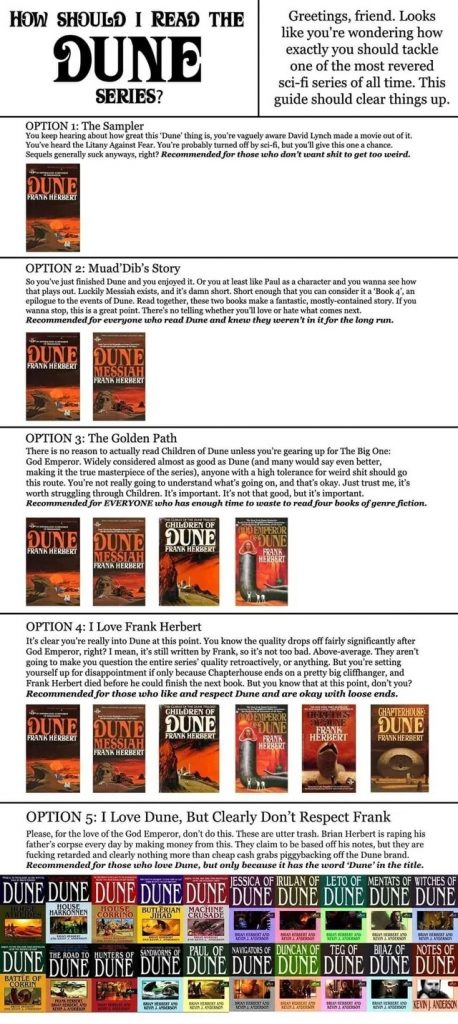
…and he caught Déagol by the throat and strangled him, because the gold looked so bright and beautiful. Then he put the ring on his finger.
The Lord of the Rings trilogy was a masterpiece. The Hobbit trilogy should not have existed. Now Peter Jackson is taking another drink from the well, making a new movie called The Hunt for Gollum. Did I say “movie,” singular? My mistake: it’s going to be at least two movies, and who knows how much bloat they’ll experience before the end. One paragraph in the article triggered my gag reflex.
Fans and critics on social media immediately speculated about the new film’s plot, given that Gollum appeared to die at the end of the Lord of the Rings trilogy.
Appeared? May Shelob suck out your guts and spit them into a sewage pit, APPEARED? It was a key moment when Gollum fell into the lava burbling in Mt Doom. Please don’t even hint that there’s a possibility that some mindless, greedy studio executive might resurrect him. A prequel, maybe?
It doesn’t matter. I absolutely refuse to ever watch this cash grab. I’m not even tempted. The Hobbit was an adequate lesson.








